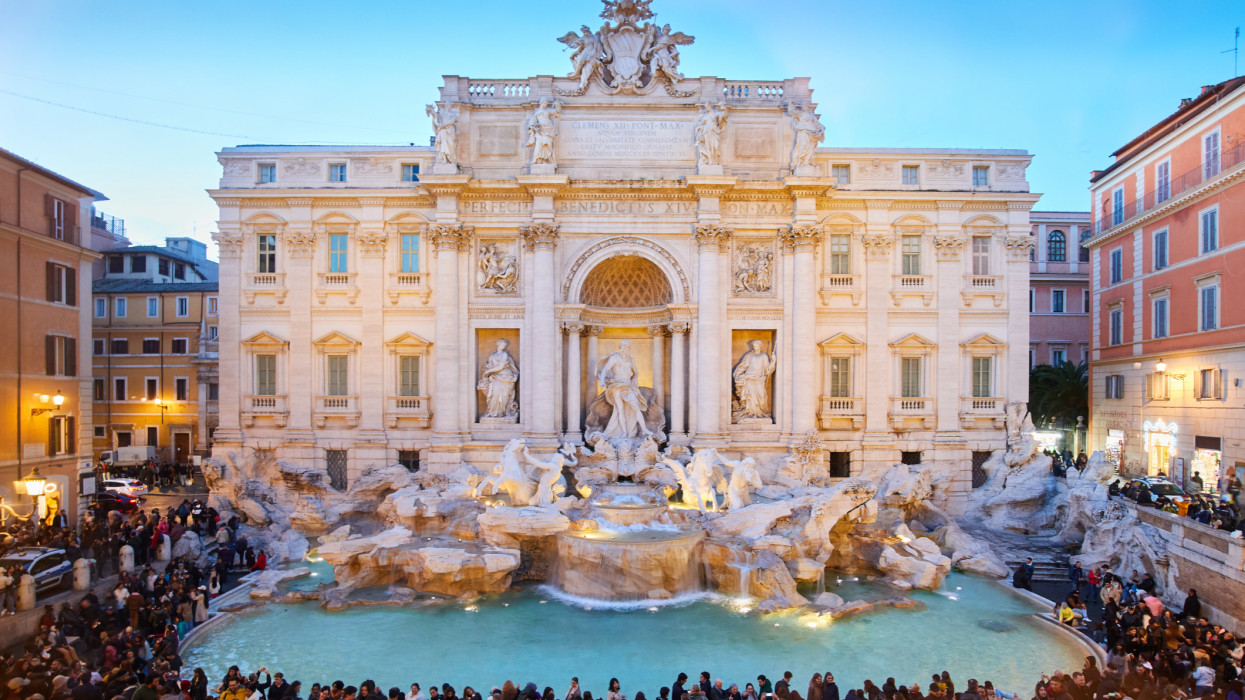Farming just 30km from South Africa's most southerly point presents many challenges for Gideon Albertyn, who manages about 4,100 hectares for his family's business, the Nooitgedacht Trust, but he is convinced that smart farming helps boost his profits despite the limiting factors holding back his farm.
“This is one of very few ways we can achieve better yields in South Africa, as we just do not get new and improved cereal cultivars here,” says Albertyn. “In this part of the country, we are farming with little rain and almost no top soil, and we must look more widely for ways to grow better crops. I think smart technology pays as we cannot change the other factors affecting our farming system.”
In common with most of the farms in the district, the Nooitgedacht Trust's practices mixed farming, with its livestock operation including 4,500 to 5,000 breeding ewes and 60 beef cows. The cattle graze land that is not suitable for arable production, while lucerne is grown as part of the arable rotation for the sheep. Overall, the land is split almost 50:50 between the livestock and cash-crop enterprises.
“We plant about 2,100 hectares of small grains annually, consisting of wheat (30%), barley (30%) and canola (20%), as well triticale, oats and lupins,” says Albertyn. “We operate an 11- or 12-year rotation that ends with five or six years of lucerne – when the land is used for stock farming – and then we start preparing it again for small grain.”
| Gideon and Adriaan Albertyn |
Smart farming technologies are used throughout this cropping pattern, and in some cases have been employed for as long as a decade.
“We started with auto guidance at the end of 2007 and yield mapping in 2008,” says Albertyn. “Swathing operations were switched to auto guidance in 2011, and in the same year we started correcting nutrient imbalances in the soil according to grid soil analyses. We switched to the higher-accuracy RTK guidance in 2015, and this year have introduced variable-rate fertilizer application.
“In each case, I was looking for technologies that would make the business more effective and contribute to better yields,” he adds. “Our main goal was always to simplify crop establishment and lift profit.”
Albertyn's first experience with precision farming was when the business started using John Deere's Greenstar system for auto guidance at the end of 2007 with a John Deere tractor and an 18m Hardi trailed sprayer.
“We had kept records of every liter of water going through the Hardi sprayer when we used the old foam markers, and when we compared it with the auto-steering guidance system, we found we had used between eight and 10% less water, which automatically meant the same saving on chemical costs,” he says. “Our calculations during the first year suggested that automatic guidance would pay for itself in less than three years from the savings on chemical costs alone, although we also got the benefits of eight to 10% quicker spraying, and similar savings in fuel costs and tractor hours.”
Asked if the smart technology introduced in the business had lived up to his expectations, Albertyn is clear.
“Yes, for sure,” he says. “I can see the difference from where we started years ago, and the grid soil sampling and nutrient corrections have allowed us to achieve better yields over time, and to also reduce our impact on the environment.”
As the world's leading farm machinery trade fair, Agritechnica is THE platform for the presentation of new developments in farming, and this year the event organizer, DLG (German Agricultural Society), has chosen the overall theme “Green Future-Smart Technology”. This recognizes the need for today's agriculture to be sustainable in terms of ecology, economy and human resources. The way to achieve this, it says, is for farmers to use all the available knowledge about interactions of plant and soil, technology and labor to develop appropriate farming systems.
The feature is targeted at all farm businesses, and that includes those like Gideon Albertyn who might have considered their output to be too small to justify investing in precision-farming systems. The exhibition halls in November will be packed with the latest technological developments, but there will also be exhibitors offering services and knowledge transfer, and this means the event has the products, experience and know-how to offer smart technologies to support farmers in practicing smart farming for a green future.
Agritechnica 2017 will be held from 12-18 November at Hanover's Exhibition Grounds. More than 452,000 visitors and 2,892 exhibitors attended the event in 2015, making it the world's largest trade fair dedicated to agricultural machinery and technology.
More information for visitors and exhibitors can be found online at: www.agritechnica.com







